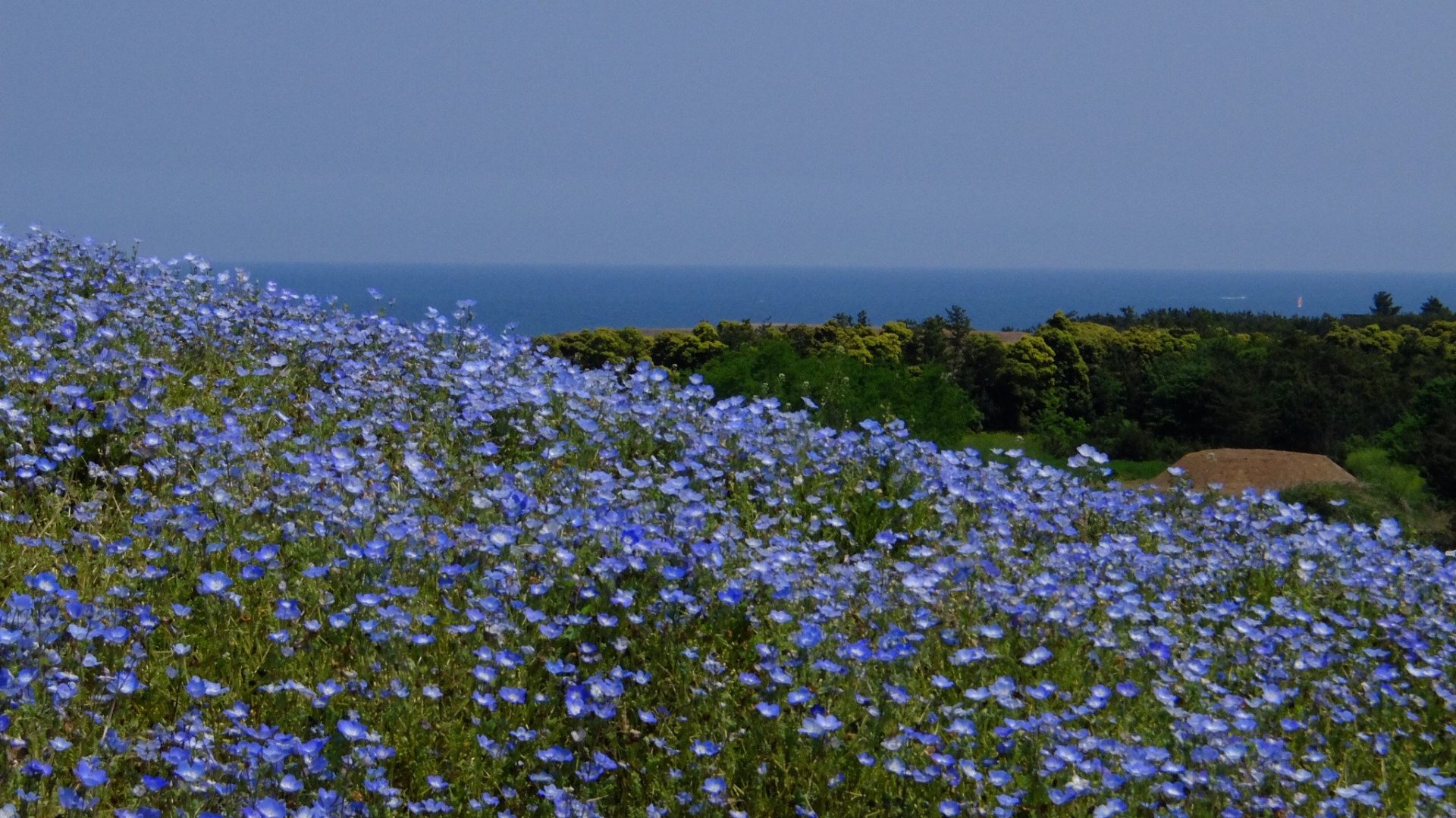
I added this lamp to illuminate the living area because the overhead light is too bright for the girls who are just confined at their tables and for Ate C when she watches TV.

I had hung that other flower too high; I’ll just adjust it one of these days. I decided to display them to document the difficult journey I had for the month of Feb until this month. This art therapy reminds me of the struggles I’m having to get better, to move on.


It’s like a documentation of the emotions I went through while I was doing my art therapy and rediscovering my love for watercoloring that I abandoned for 25 years.
I’m more of a charcoal/pencil and watercolor girl. I tried oils before but I only produced one oil painting and I was very angry at that time that’s why the resulting painting was very dark. My cousin loved it though. It’s still in my mom’s house and it’s like a foreshadowing of my married life. I gave away my oil paints, linseed oil and thinner, brushes, and knives to my sister who paints more using acrylic. She’s more likely use oil than me who never touched the oil paints for years.

My girls kept on laughing because the kois looked like they were floating. Well yeah, they do float in the sense the real photo captured how clean the ponds of the Himeji Castle Gardens looked like. When I was there, a worker was vacuuming the pond. I also have to learn how to do watercolors of water, glass and reflections.
I’m still relearning how to control the behavior of different brands of watercolors and there’s a big difference between Asian watercolors meant for Asian techniques and western watercolors. For example, this Kuretake Gansai Tambi is mostly opaque so it’s sort of difficult to do washes and wet-in-wet techniques when doing trees and bodies of water. No wonder this brand has so many greens…You cannot just dive in and easily create gradation using wet-in-wet because I find that the colors get muddy if I do that, hence, the weird tree reflections of the sketch above. The colors don’t flow so it’s a bit difficult. I learned that gansai were formulated for Japanese paintings that are usually done on rice paper so they don’t bleed as much like western watercolors do.
I have to explore what this kind of watercolor/gouache-like medium can do and what it’s good for.

My FB post about Radiowealth is now shared 2,400 times and liked 3,100 times. I’ve seen a lot of comments that they didn’t know about this and were shocked to learn that Marcos really hampered the progress of Philippines then. Imagine, Radiowealth could have been the Sony or Samsung of today. The company was also manufacturing Volkswagen cars, turntables, aircons–all things industrial. We had a thriving steel industry then, ahead of Taiwan and South Korea but the companies were taken over by Marcos as well. I have all the books documenting these in my personal library.

Philippine Airlines was Asia’s first commercial airline that was taken over by Marcos and eventually given to one of his cronies, Lucio Tan. San Miguel was once under the Spanish families (Sorianos/Ayalas) that was taken over by Eduardo Cojuangco, another very close Marcos crony, via anomalous transactions involving coconut levies taken from the backs of coconut farmers. It is still owned by him/his estate today. RPN-9 and IBC-13 were taken over by the Benedictos. The Campos family of Unilab and Greenfield (also now Del Monte and Nutri Asia) also benefited from Marcos. This is probably the reason why they don’t really do media interviews, just like the Salims of Indonesia, whose patriarch was a close associate of Suharto.
How easily people have forgotten.












































